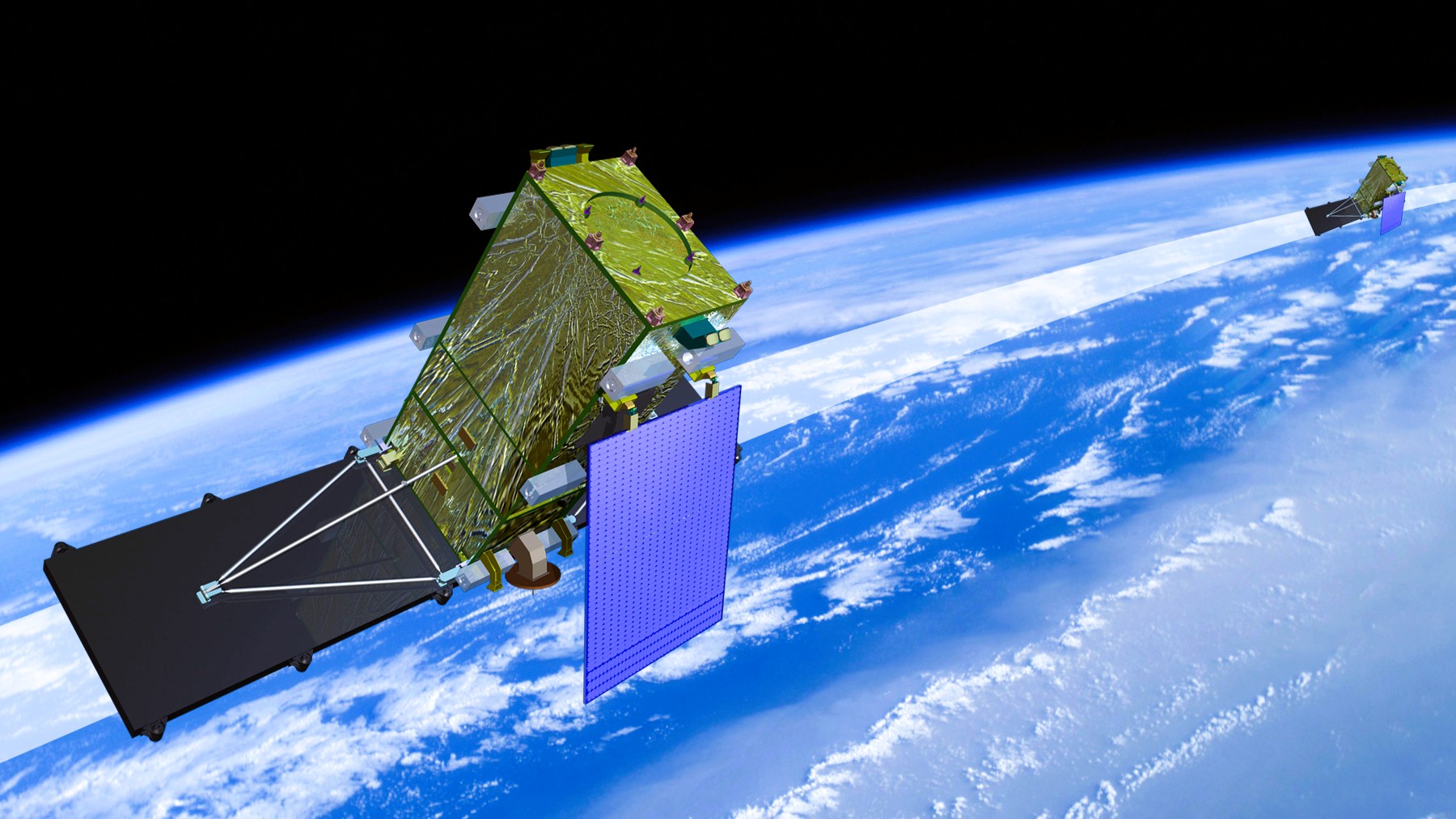
The price of star trackers varies depending on their specifications, applications, and manufacturers. Several factors influence the cost of star trackers for space use, and determining the price requires evaluating specific needs. Below, we categorize star trackers based on mission requirements and spacecraft types, outline key selection factors, and analyze their pricing.

Star trackers fall into several categories tailored to different spacecraft and missions:
CubeSat and Small Satellite Star Trackers
Manufacturers design these star trackers to be compact and lightweight, making them ideal for resource-constrained small satellites.
High-Precision Star Trackers
Used in large satellites and deep-space exploration, these models deliver exceptional accuracy (typically below 1 arcsecond). They suit scientific instruments requiring precise pointing.
Redundant Star Trackers
Critical missions often employ multiple star trackers to ensure redundancy, enhancing reliability.
Lost-in-Space Star Trackers
These models determine orientation without prior knowledge of the spacecraft’s initial attitude. They excel in recovering attitude after events like thruster firing or initial deployment.
Selecting the right star tracker involves balancing several critical factors:
Accuracy: Measured in arcseconds, high-end models achieve accuracy below 1 arcsecond, perfect for scientific missions. Small satellite models typically offer 10–30 arcseconds.
Size and Weight: Small satellites demand compact designs to save space.
Power Consumption: Low power usage extends mission longevity.
Radiation Hardness: Star trackers must operate reliably in high-radiation environments.
Interface Compatibility: Seamless integration with the spacecraft’s attitude control system and onboard computer is essential.
Cost: Striking a balance between performance and budget is crucial.
The cost of star trackers depends on their complexity and intended use. Here’s a breakdown:
Low-Cost Star Trackers: Models like the TY-Space NST-3, designed for small satellites, range from $30,000 to $50,000. Manufacturers often use commercial off-the-shelf components to reduce costs.
High-End Star Trackers: Models for flagship missions can cost hundreds of thousands of dollars due to their advanced capabilities.
Price Opacity: Many manufacturers do not publicly disclose prices, requiring buyers to request quotes. Since star trackers are often custom or semi-custom products, prices vary based on mission requirements.
Send us a message,we will answer your email shortly!